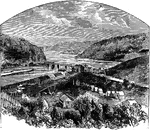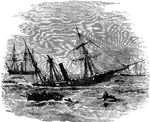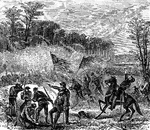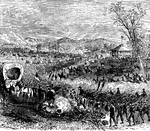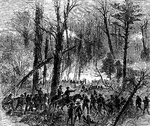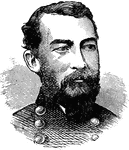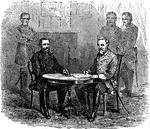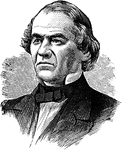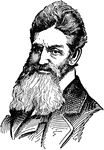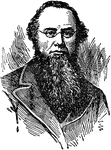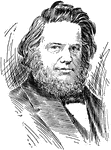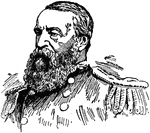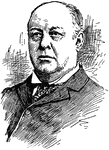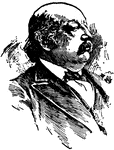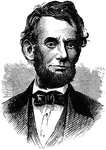
Abraham Lincoln
Abraham Lincoln, sixteenth president of the United States, and president of the Union during the Civil…
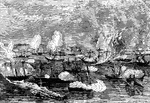
Passage of Forts Jackson and St. Phillip
Depiction of the battle on the Mississippi between Confederate and Union forces at Forts Jackson and…
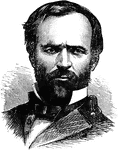
William Tecumseh Sherman
General William Tecumseh Sherman, famous Union general noted for his successful campaigns in the South…
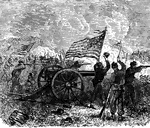
Battle of Atlanta
Showing the Battle for Atlanta, which Sherman won for the Union during the Civil War.
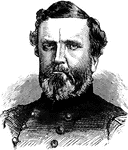
General George Henry Thomas
General George Henry Thomas, one of the principal Union commanders in the Western Theater.

Admiral David Farragut
Admiral Farragut entering Mobile Bay atop the rigging of his ship during the Civil War.
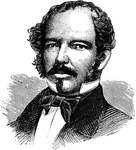
General Joseph E. Johnston
Confederate General Joseph E. Johnston, who surrendered two weeks after Lee.
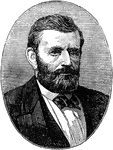
Ulysses S Grant
General Ulysses S. Grant, who alsoserved as the eighteenth president of the United States.
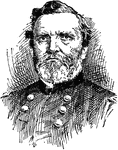
General George Henry Thomas
(1816-1870) Known as the "Rock of Chickamauga," he was a U.S. Army office and Union general during the…
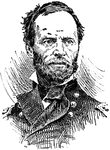
General William Tecumseh Sherman
(1820-1891) Served as a general for the United States Army during the American Civil War.
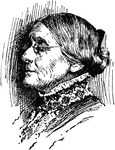
Susan B. Anthony
(1820-1906) A prominent American civil rights leader and abolitionist, who worked to secure women's…
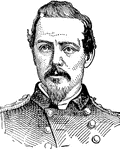
Pierre Beauregard
(1818-1893) Pierre Gustave Toutant de Beauregard was a general for the Confederate Army during the American…
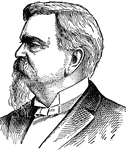
Simon B. Buckner
(1823-1914) U.S. Army officer and a general in the Confederate States Army during the American Civil…

War Token, 1863
War token with head with winged cap obverse and eagle with shield reverse. These little mementoes of…

War Token, 1863
War token with femal head and "FOR PUBLIC ACCOMODATION" obverse and eagle reverse. These little mementoes…

War Token, 1863
War token with male head with Phrygian (liberty) cap obverse and "OUR LITTLE MONITOR" reverse. These…

War Token, 1863
War token with profile of Washington looking right obverse and cannon and "PEACE MAKER" reverse. These…

War Token, Civil War Period
War token with walking figure and "KNICKERBOCKER CURRENCY" obverse and shield and "UNION" reverse. These…

War Token, 1863
War token buiders square and compass obverse and shield and "UNITED STATES MEDAL" reverse. These little…

War Token, 1865
War token with union shield and "ONE COUNTRY" obverse and snake and "BEWARE" reverse. These little mementoes…

War Token, 1863
War token with Washington facing right obverse and "THE FLAG OF OUR UNION" reverse. These little mementoes…

War Token, Civil War Period
War token with Sigel on hourseback and "HERO OF PEO RIDGE" obverse and shield and "OUR COUNTRY" reverse.…

War Token, 1863
War token with crossed flags obverse and crossed cannon reverse. These little mementoes of the War of…
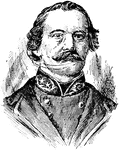
Albert Sidney Johnston
(1803-1862) American soldier who fought in the Black Hawk War, the war for Texan independence, the Mexican…
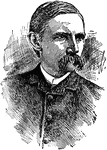
William L. Wilson
(1843-1900) American statesman, served in the Confederate Army during the Civil War, and was the president…
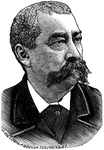
Philip H. Sheridan
A portrait of Philip H. Sheridan. With his career in the U.S Army, Sheridan rapidly rose to become general…
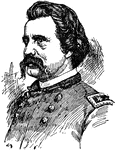
John Alexander Logan
(1826-1886) American soldier and statesman who fought in the Mexican War. US Senator from Illinois.

George Gordon Meade
(1815-1872) American soldier in the Mexican War and Union general in the Civil War.
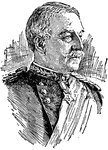
Nelson Appleton Miles
(1839-1925) American soldier and general in the Civil War, Indian Wars, and the Spanish-American War.

Mission Ridge
Mission Ridge (or Missionary Ridge) was the site of the November 25, 1864 Civil War battle, the Battle…
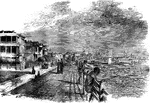
Battery Park
An illustration of Battery Park is a landmark promenade in Charleston, South Carolina famous for it's…

Battery Park
An illustration of Battery Park is a landmark promenade in Charleston, South Carolina famous for it's…
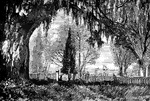
Magnolia Cemetery
An illustration of Magnolia Cemetery located in Charleston, South Carolina. Approximately 35,000 people…
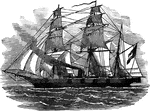
The Alabama
The Alabama was a Confederate man-of-war built by the British. It served as a commerce raider attacking…

Fort Washington
Fort Washington was the only defense that the capital had at the beginning of the Civil War.

Allatoona Pass
The Battle of Allatoona, also known as Allatoona Pass, was fought October 5, 1864, as part of the Franklin-Nashville…
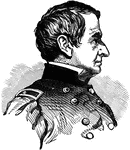
Robert Anderson
Robert Anderson was an American military leader. He served as a Union Army officer in the American Civil…
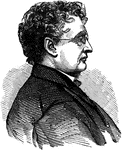
John A. Andrew
He served as the Governor of Massachusetts between 1861 and 1866 during the tumultuous American Civil…
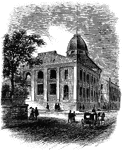
Gratiot Street Prison
The Gratiot Street Prison was an American Civil War prison located in St. Louis, Missouri and was the…
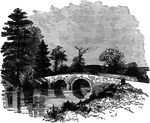
"Burnside Bridge," Antietam Creek
The bridge played a key role in the September 1862 Battle of Antietam during the American Civil War…

Atlanta, Georgia in 1874
An illustration of Atlanta, Georgia as depicted in 1874. Atlanta, GA is the capital and the most populous…
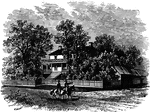
McLean's House: The Place of Lee's Surrender
The McLean residence, at the Appomattox Courthouse, where General Lee met with General Grant to sign…
